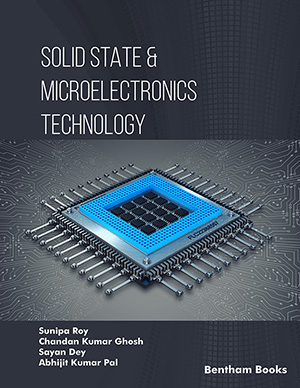Abstract
In modern life, the applications of nonlinear loads are increasing, especially electronic loads, such as computers, monitors, and battery chargers. Moreover, the usage of semiconductors has increased in modern lighting systems, such as LED lamps and dimmers which are used to control the lighting level. Nonlinear loads may also be in the form of variable speed drive or arc furnace loads. Due to the spread of nonlinear loads, large amounts of harmonics are generated. To study the harmonics of nonlinear loads, it is essential to represent nonlinear loads by their equivalent models in the simulation programs. This paper presents a comprehensive review of modeling methods of nonlinear loads, including time domain methods, frequency domain methods, and state space methods. Equivalent circuits are presented for different types of nonlinear loads, including static loads, dynamic loads and arc furnace loads. The paper also presents the harmonic analysis performed by the Fourier transform of different types of nonlinear loads, including harmonic percentage and its angle. This paper is considered as a comprehensive reference for researchers and engineers to model nonlinear loads and is useful in power system planning for connecting nonlinear loads where mixing nonlinear loads of similar harmonic profiles causes worse situations. Moreover, knowing the nonlinear load profile will help in the suitable mixing of linear loads to achieve lower harmonics levels.
Keywords: Nonlinear loads, harmonics, rectifier bridge, variable speed drive (VSD), arc furnace, fourier transform.












